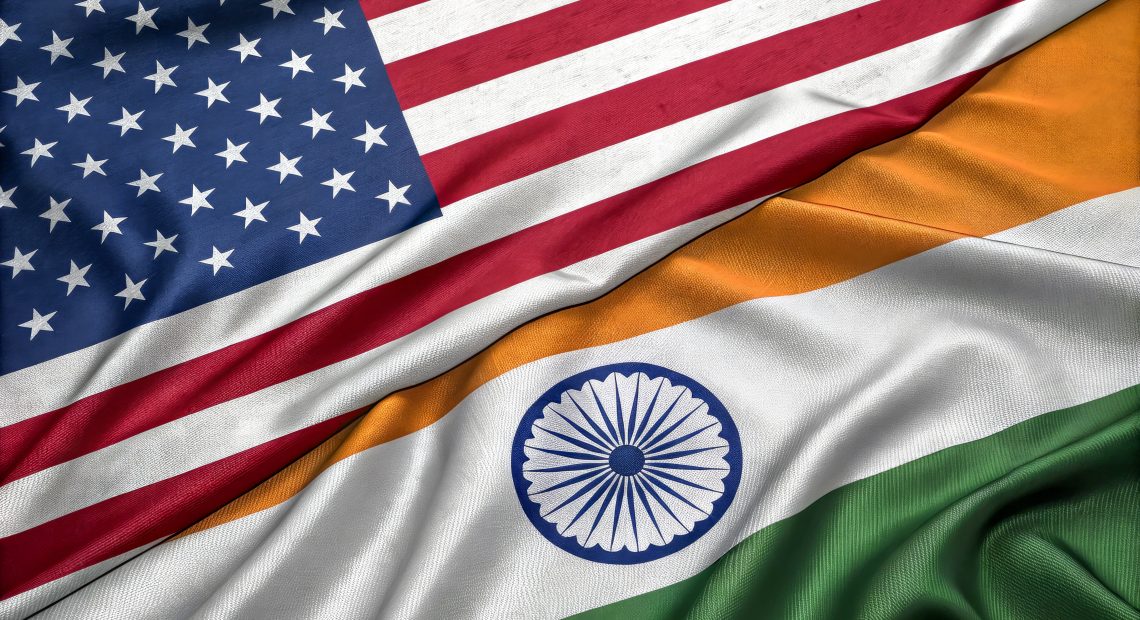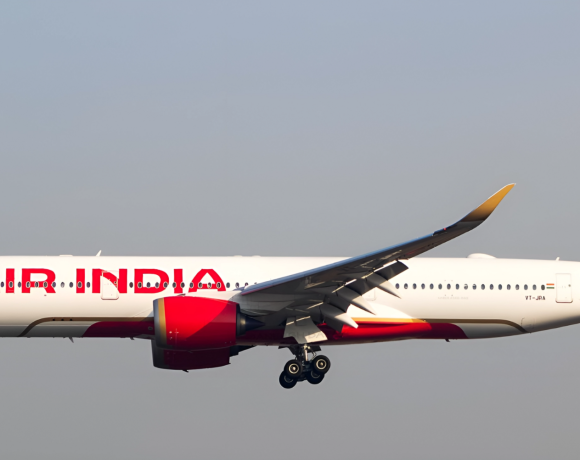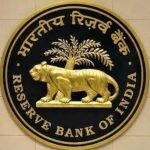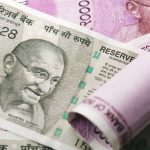
India’s Exports Boom Amid Trump-Era Tariffs
Indian companies are witnessing a strong export revival thanks to trade distortions caused by tariffs imposed during Donald Trump’s presidency. While the tariffs were aimed at curbing Chinese imports, they inadvertently boosted India’s attractiveness as a sourcing destination. Top Indian exporters across electronics, textiles, and consumer goods have seen rising inquiries and orders from American buyers who are looking to diversify supply chains away from China.
Firms such as Dixon Technologies, Tata Consumer Products, Blue Star, Havells, and Arvind have all acknowledged increased export traction. Their advantage is partly due to the United States maintaining lower tariffs on Indian goods—currently at 10%—as compared to steep duties on Chinese products, some of which had tariffs reduced from as high as 145% to 30%.
Manufacturing Expansion to Meet US Demand
In response to growing demand, many Indian manufacturers are expanding operations. Dixon Technologies has announced a 50% capacity expansion. Managing Director Atul Lall revealed that part of this growth is being directed toward fulfilling new orders from a major US brand through a tie-up with Compal.
Likewise, Arvind Vice Chairman Punit Lalbhai said order volumes from US clients are rising despite input cost pressures. He noted that India is being seen as a “stable, scalable, and trusted” supplier amid global uncertainties.
These developments come as part of India’s broader strategy to reposition itself as a key link in global supply chains disrupted by geopolitical tensions.
Trade Deal Hopes and Export Forecasts
The Indian government is also exploring the possibility of a bilateral trade pact with the United States, which could institutionalize the gains made during this phase. A recent Finance Ministry report pointed out that a formal agreement could unlock new opportunities for Indian exporters and strengthen bilateral trade.
Looking ahead, India is expected to cross $1 trillion in total exports by FY 2025–26, up from $824.9 billion in FY 2024–25. Services, electronics, and apparel are expected to drive this growth, buoyed by favorable trade winds and aggressive outreach by Indian industry.
As Washington continues to decouple economically from Beijing, Indian businesses are positioning themselves as the primary beneficiaries of a shifting global trade order.


















